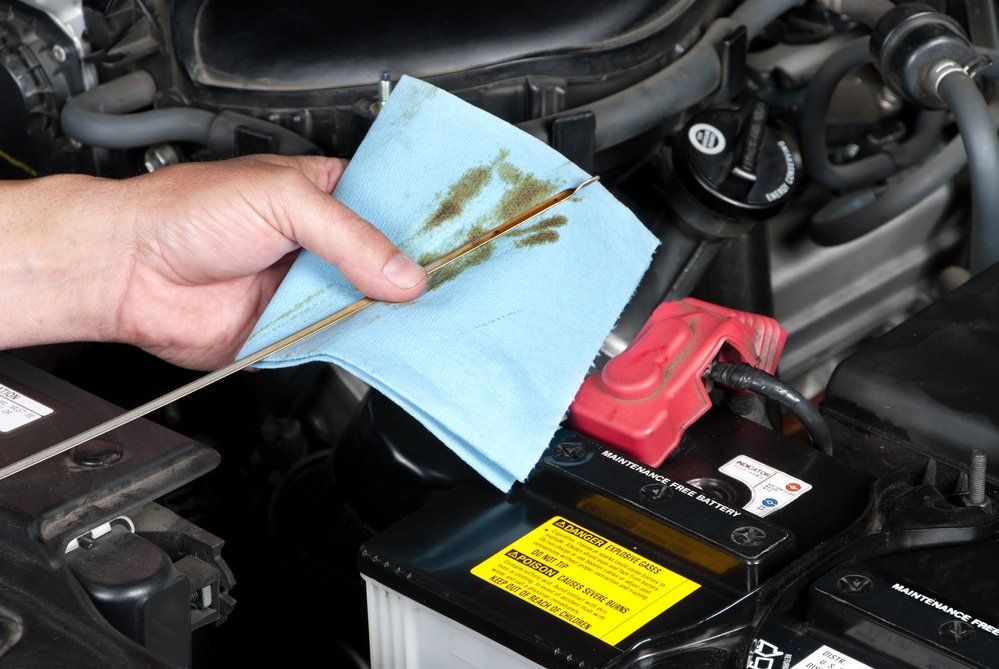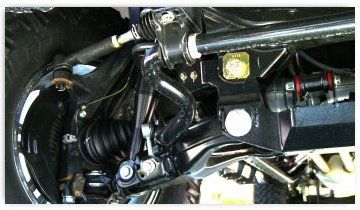Oil Change Repair & Maintenance
- By Classic Automotive
- •
- 31 Jul, 2018
- •

An oil change: Sounds simple, but there's some pretty important things to know about preventing oil sludge.
Oil eventually starts to turn into jelly. Literally – petroleum jelly. Sludge clogs up oil passages and keeps oil from getting to some areas of the engine, causing parts to wear out prematurely. And that means expensive engine repairs.
That's why you need to change the oil and oil filter on schedule – to get the old oil out before it turns to sludge. Your manufacturer will have a recommendation for how many miles you can go between oil changes. They also usually have a number of months between recommended oil changes. That's because the detergents and other additives in the oil break down over time.
Your owner's manual will have a recommendation for time and mileage, but you need to remember that it's based on using the recommended weight of oil. And if your vehicle came from the factory with synthetic oil, the recommended intervals assume you continue to use synthetic.
Also how you drive can have a big effect. Most owner's manuals will have a list of driving conditions that are harder on your vehicle. Things like stop and go driving, short trips, driving in very hot or very cold weather, heavy loads and towing. If some of your driving fits this, you may need to change your oil and do other maintenance on a shorter schedule.
This may sound complicated. Some vehicles have an oil life calculator that takes all of these factors into account and tells you when you should change your oil. Otherwise, talk with your service advisor about how you drive and get her recommendation for when to take care of your service.
Finally, if any of the steering or suspension parts can be lubed, your technician will take care of that with a lube, oil and filter service.

Today we're talking about suspension integrity. Your skeletal structure provides the framework to hold up your body weight. Your joints cushion you as you walk and allow you to change direction. Your auto suspension system is similar: It bears the weight of your vehicle, controls the vehicle as you steer and absorbs bumps in the road.
Car suspension parts, like the bones in your body, are connected by joints that allow all the components to move as they should. Over time the suspension starts to become loose and the joints wear. Your suspension will stop operating as it should in turn reducing proper tire contact with the road. Running over a pothole, getting into an accident or hitting a curb can also damage or break auto suspension components.
Have you ever hurt your foot? Think about how you walk afterwards in an effort to keep from putting pressure on it. Overcompensate with a limp long enough and your ankle, knee, hip and even your back will start to hurt from the strain. The same thing happens in your car. When one joint or part is worn or damaged: it will stress everything else and can cause premature wear to the entire system.
Signs of suspension problems include vibration, uneven tire wear, pulling to one side, rattles or other strange noises.
If you think you may have a suspension problem, ask your NAPA AutoCare service advisor for an inspection of your suspension system. Have them check your alignment while they're at it. Request an auto repair quote and take care of any damaged or worn suspension components before they lead to future damage and more costly repairs.







